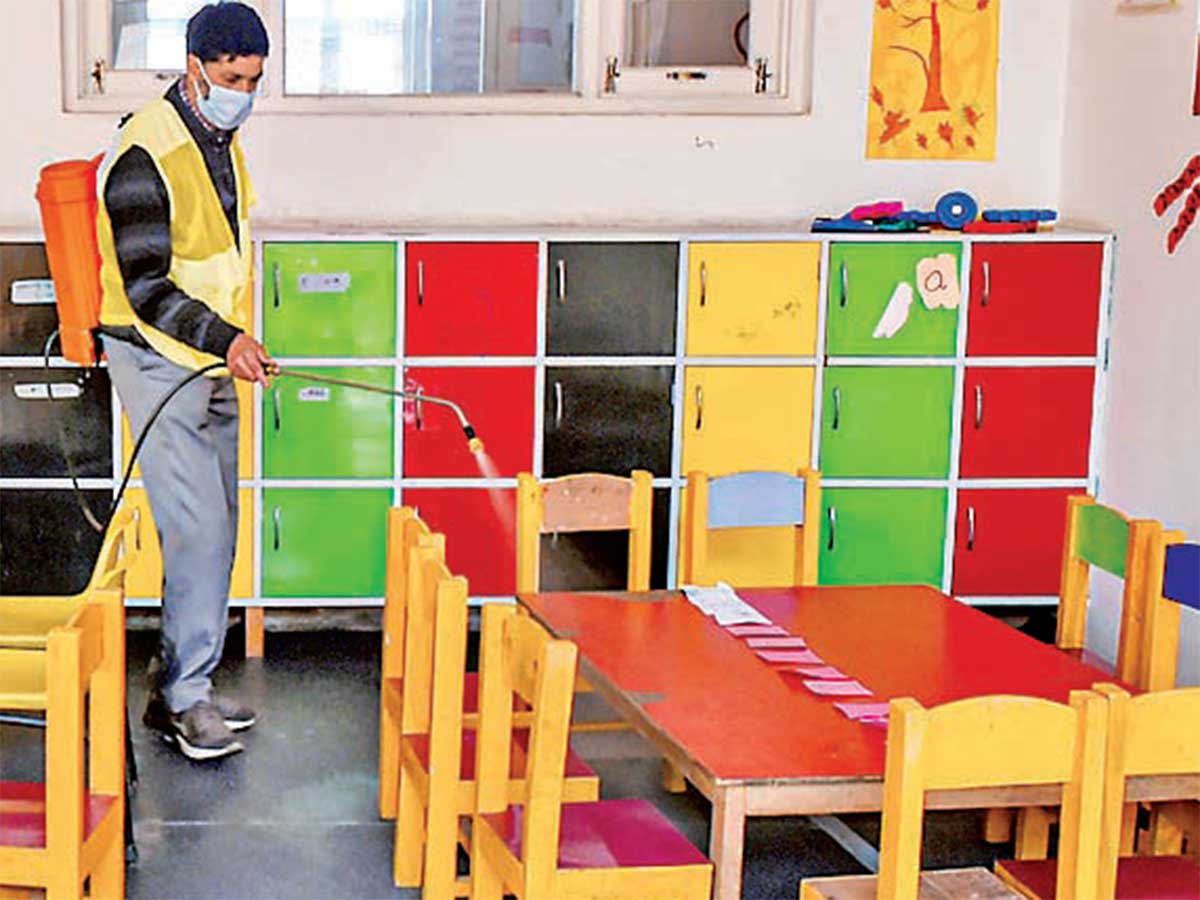65% of low-income and lower-middle-income nations cut education budgets after Covid: WB report
Education budgets were cut by 65% for low and lower middle income countries after the start of the Covid-19 pandemic, while only 33 percent of high- and upper-middle-income countries did, according to a report by the world Bank.
The report, prepared in collaboration with The UNESCOThe Global Education Monitoring Report (GEM) said that current levels of public spending in low- and lower-middle-income countries do not meet those required to achieve the Sustainable Development Goals (SDGs). “Information was collected for a sample of 29 countries in all regions. The sample represents about 54 percent of the world’s school and college age population.
The information collected was then verified with the World Bank country teams, ”the report says. The sample includes three low-income countries (Afghanistan, Ethiopia, Uganda); 14 lower-middle-income countries (Bangladesh, Egypt, India, Kenya, Kyrgyz Republic, Morocco, Myanmar, Nepal, Nigeria, Pakistan, Philippines, Tanzania, Ukraine, Uzbekistan); 10 upper-middle-income nations (Argentina, Brazil, Colombia, Jordan, Indonesia, Kazakhstan, Mexico, Peru, Russia, Turkey); and two high-income countries (Chile, Panama).
“The following countries have education quotas below 10% and therefore are likely to have other major funding sources in addition to the budget allocated by the central government: Argentina, Brazil, Egypt, India, Myanmar, Nigeria, Pakistan and Russia, ”the report states.
